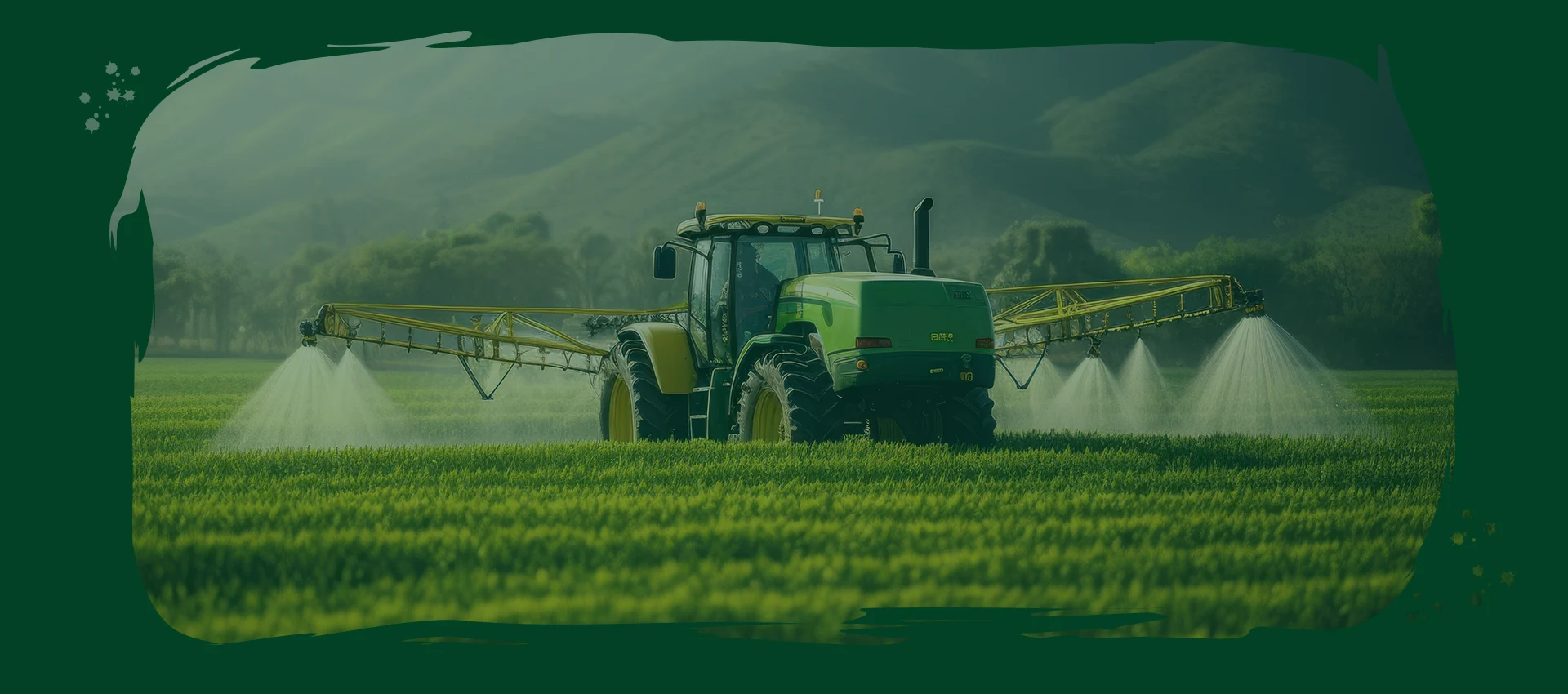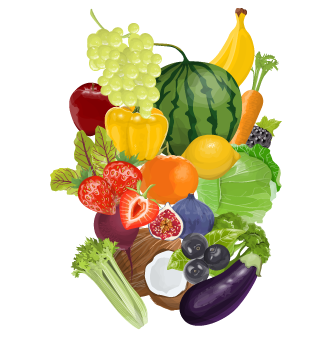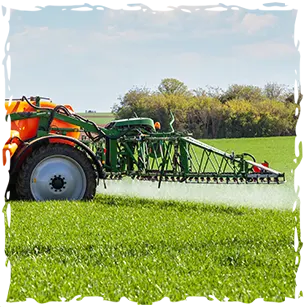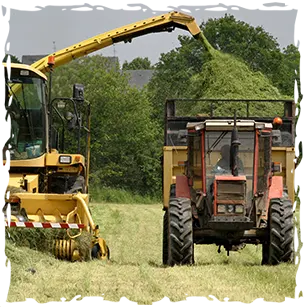
Agriculture between tradition and innovation
Organic farming
The keys to a successful conversion

Converting to organic farming is a supervised process that requires time, commitment, and careful preparation. It generally lasts two to three years, during which time farmers must adapt their practices to the requirements of organic specifications.
This involves reviewing technical processes, choosing suitable seeds, training staff, and investing in specific tools or infrastructure. Certification bodies and support programs can help ensure this transition is successful.
Cereal Crops
This includes cereal crops such as wheat, corn, barley, and rice. These crops are essential for human and animal food, as well as for certain industrial uses (starch, bioethanol, etc.).

Market gardening
This crop concerns fruits and vegetables grown in open fields or greenhouses, such as tomatoes, carrots, lettuce, and zucchini. It requires special attention to irrigation, fertilization, and crop rotation.
Industrial crops
This includes crops intended for processing, such as sugar beet, rapeseed, sunflower, and cotton. These crops are often grown on a large scale and provide raw materials for the agri-food, textile, and energy industries.

Farming
An overview of practices and species raised
Cattle Farming
This concerns cows, raised for milk (dairy) or meat (beef). It is one of the most widespread livestock farming systems, with intensive or extensive systems depending on the region.
Sheep farming
This farming includes sheep, mainly for meat (lamb) or wool, and sometimes also for milk production. It is often practiced in mountainous or pasture areas, where the animals can graze freely.
Pig farming
Pigs are raised primarily for meat. This farming is often intensive, requiring strict management of feed, animal welfare, and hygiene, to ensure healthy growth and high-quality production.
Poultry farming
This concerns poultry: hens, chickens, ducks, turkeys, etc. This farming can be geared towards egg or meat production. Systems are available, including intensive, free-range, and organic farming.

Modern agriculture
Machines that make field work easier
Machines that make field work easier have transformed modern agriculture by reducing the time, effort, and labor required for essential tasks. Tractors, seeders, harvesters, and irrigation systems allow farmers to cover large areas quickly and with greater precision, improving productivity and crop yields.

Plow
A heavy tool used to turn over the soil deeply to prepare the soil before sowing. It helps bury crop residues and loosen the soil.

Sprayer
A machine used to apply plant protection treatments, such as herbicides or foliar fertilizers, to crops to protect the plants and improve their growth.

Forage harvester
A machine used to quickly harvest and chop forage plants (corn, grass) to preserve them as nutritious silage for livestock feed.

Precision agriculture
Towards optimized resource and crop management
Precision agriculture relies on the use of advanced technologies to collect and analyze detailed data on soil, crops, and climate conditions. With this information, farmers can precisely adjust water, fertilizer, or pesticide applications, thus limiting waste and environmental impact. This approach optimizes yields while preserving natural resources, offering sustainable agriculture practices and efficient farm management.